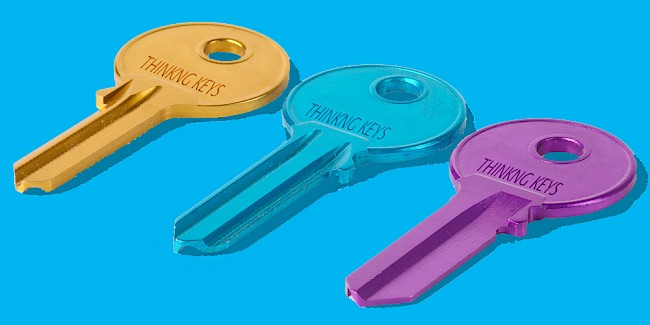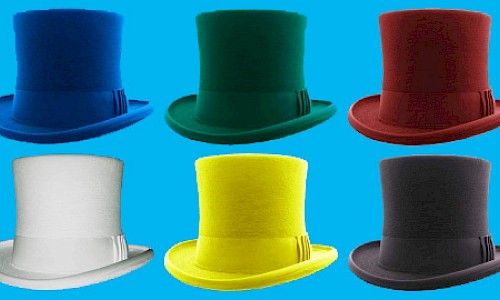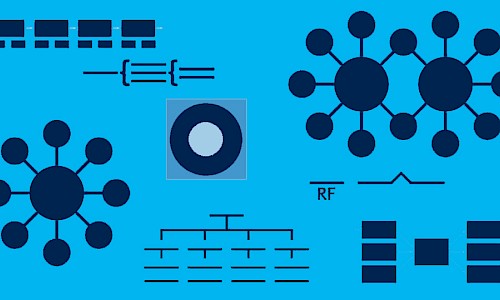We use the first version of Tony Ryan’s Thinking Keys to stimulate different types of Thinking. The Keys help ‘unlock’ critical and creative thinking. Some of the Keys are quite linear and some are creative, which enables them to be carefully selected and work well with different ages groups and across all curriculum areas.


